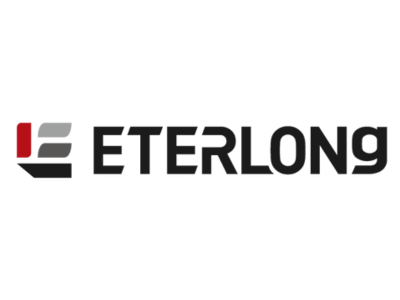Issue 27
Subscribe Now
50 Years of Trust
The Group’s first factory was established during 1958 at Tai Hem Tsuen primarily as a maintenance workshop. During the 1980's the Chen Hsong Group had a firm and steady growth. In 1981 the new plant at Tai Po Industrial Estate was established. This was another Landmark in the growth of the Chen Hsong Group.
The Group's second Tai Po factory started commercial production in 1988. This factory employs advanced manufacturing facilities like Computer Integrated Manufacturing(CIM), Flexible Manufacturing Systems (FMS), CAD/CAM as well as the Computer Management Information System (MIS).The CIM is the first application of its kind in Hong Kong, and lead the industry into a new age.
The Group also established an important landmark in Taiwan by the establishing a new manufacturing company "Asian Plastic Machinery Co., Ltd." to produce large size injection molding machines. A name to be reckon into the future.
For past five years, Asian Plastic, Taiwan enjoys an annual average growth of 20% and output value per employee is NTD 6,000,000. With the most advanced facilities, digital proportional hydraulic controls, micro-processor controllers and a multifunctional computer system, Asian Plastic has quickly become the leader in elevating Taiwan's injection molding industry towards high technology and reaps the laurel in the industry.
Hydraulic Clamping Injection Molding Machine
Features
- By doubling the clamping piston in diameter, uniform clamping force is transferred to the entire mould and thus accurate moulding is easily attained. In addition, smooth mould opening and closing is achieved with the same feature.
- Equipped with mould safety protection system to prevent mould damage.
- Direct hydraulic clamping system ensures a stable clamping force. Multi-stage clamp-ing pressure control and multifunctional injection/compression moulding.
- Encoders provide accurate measurement to the clamp unit, injection unit and multi-stage ejector functions.
- Linear guide ways reduce mechanical friction, decrease machine wear and increase accuracy over back pressure providing better control of the injection sequence.



